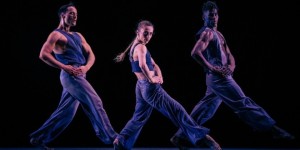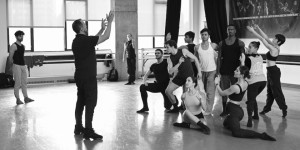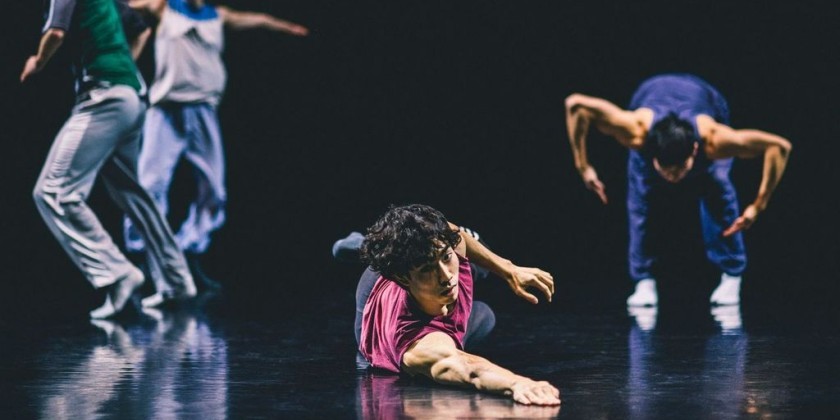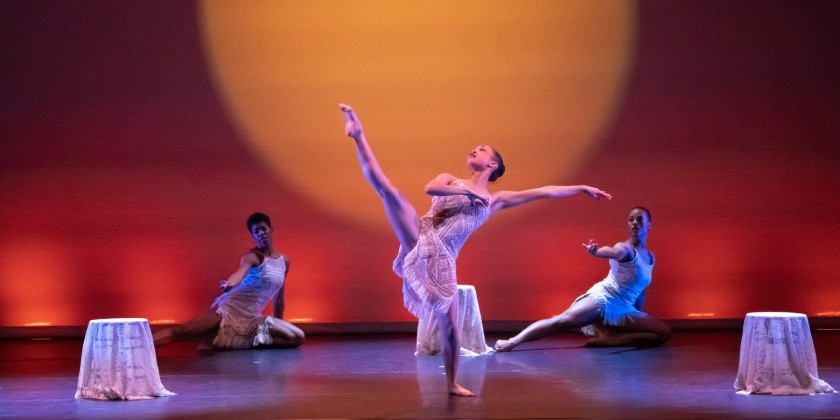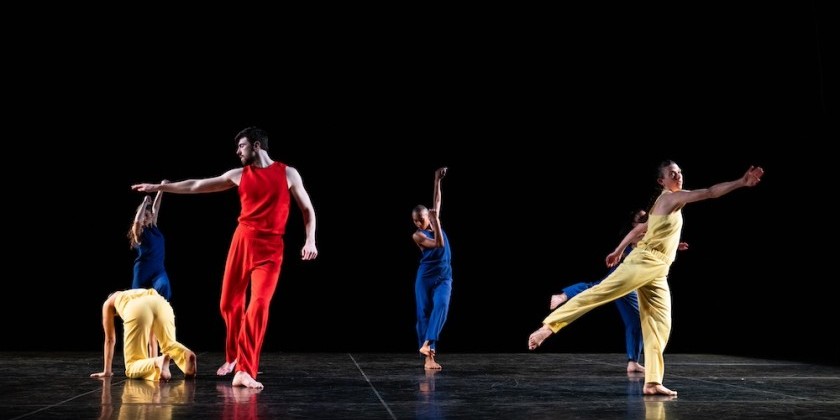IMPRESSIONS: Martha Graham Dance Company's "American Legacies" Season at New York City Center (Part 1)
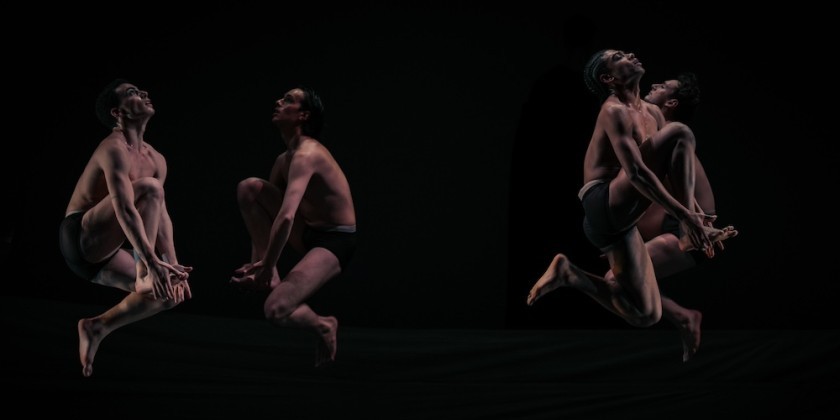
The Rite of Spring
Choreographer: Martha Graham
Musician: Igor Stravinsky
Costume Designers: Pilar Limosner after Martha Graham and Halston
Artistic Director and New Production Conception: Janet Eilber
Lighting Designer: Solomon Weisbard
Set Designer: Edward T. Morris
Projection Designer & Associates: : Paul Lieber, Erik Pearson, Olivia Sebesky
Executive Director: LaRue Allen
Performers: Lloyd Knight, Xin Ying, Lorenzo Pagano, Leslie Andrea Williams, Anne Souder, Laurel Dalley Smith, So Young An, Marzia Memoli, Jacob Larsen, Alessio Crognale-Roberts, Richard Villaverde, Devin Loh, Antonio Leone, Meagan King, Ane Arrieta, Zacary Jeppsen, Matthew Spangler, Justin Valentine, Jai Perez, Amanda Moreira
Among American moderns, the late Martha Graham now seems ageless. During the Martha Graham Dance Company's spring season at New York City Center from April 17 - 20, 2024, audiences marveled at the sleek forms onstage and reveled in the youthful pulse of a dance by Hofesh Schechter. Artistic director Janet Eilber had to keep reminding us that a birthday cake blazing with 100 candles waits just around the corner, ready to celebrate the company’s debut on April 18, 1926.
With her crew of fabulous dancers, including the outstanding Xin Ying, Eilber continues growing the repertoire and tweaking older works. This season featured the premiere of We the People, by Jamar Roberts; and a reupholstered staging of Agnes De Mille’s Rodeo. Hosting Pop celebrity FKA twigs, who performed Satyric Festival Song on gala night, the troupe cast a lure at Gen Z and beyond.
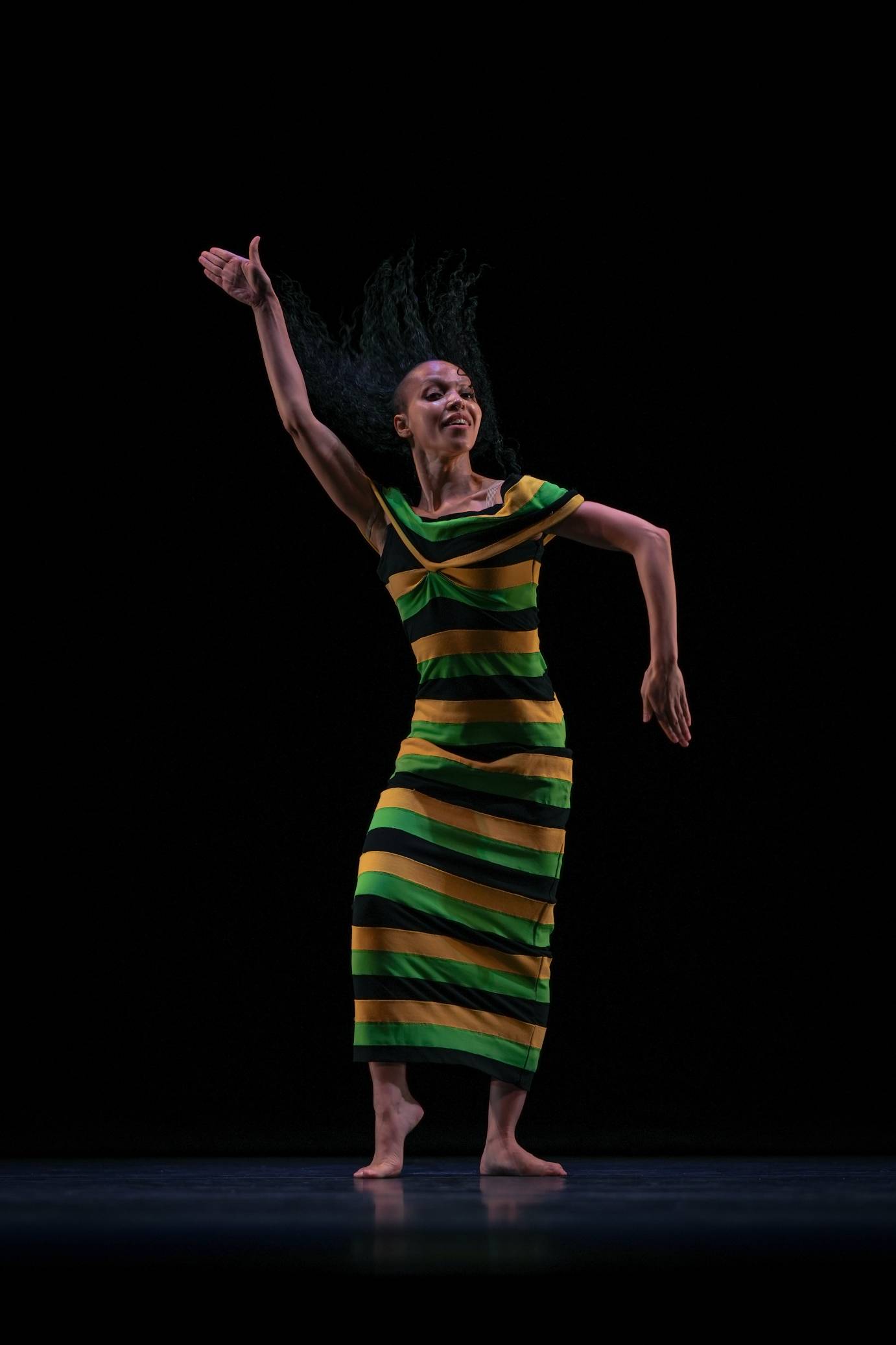
The bedrock of the Graham company, however — the reason this troupe has endured — remains the work of its founder, a passionate iconoclast whose originality and insight into the human condition made her a legend. This season’s winning performances of Appalachian Spring, Maple Leaf Rag, and a stunning revival of The Rite of Spring demonstrated that Martha Graham remains indispensable not only to the company she founded, but also to the future of concert dance.
Although Graham’s Rite was not universally recognized as a masterpiece when it made its premiere in 1984, no choreographer since Nijinsky was better prepared than she to re-interpret this ballet; and none of its many choreographers over the years has come so close to unlocking the mystery of its human sacrifice. The proof that Graham was on the right track lies in the relevancy of her vision to current events — for, despite its archaic setting, The Rite of Spring has always been about the modern world and its failings. This ballet continues to teach us about ourselves.
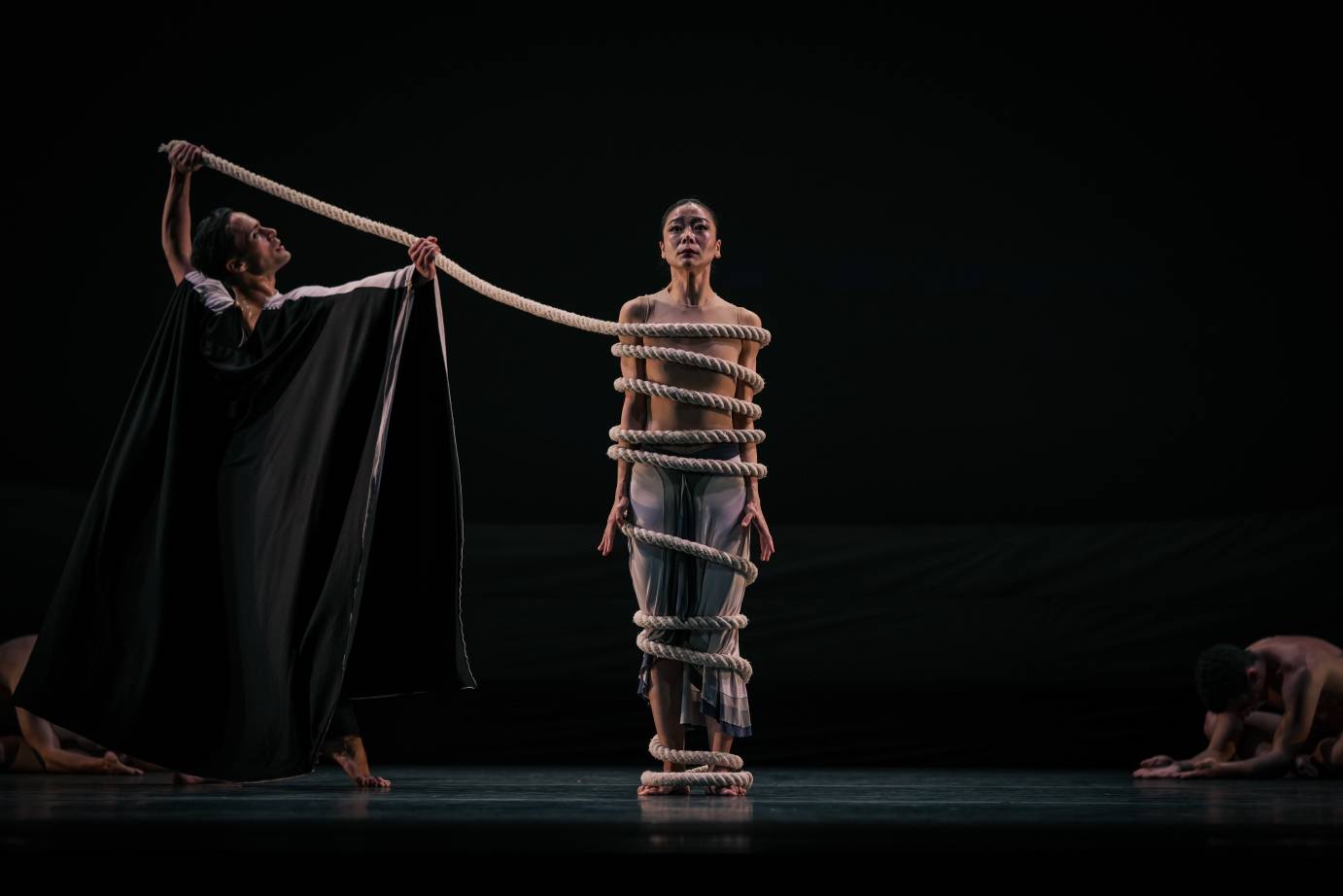
The realities of human sacrifice described by anthropologists are too gruesome to depict onstage, though dance can portray the psychological state that makes such murder acceptable, and even held necessary to society’s wellbeing. In James Frazer’s classic The Golden Bough, we read of a young woman roasted slowly over a fire and torn to pieces, the blood squeezed from her charred remnants to fertilize the corn. Fear drives us to commit such atrocities, for, as Frazer also explains, anxiety over the vagaries of existence darkens into terror.
A lifelong student of human nature and psychology, Martha Graham understood mind-bending fear (Errand into the Maze). She understood ritual (El Penitente); and she understood the tyranny of the many (Heretic). In addition, she possessed the wisdom of maturity. Born in 1894, Graham lived through nearly a century of madness and blood in which despotism became totalitarian. While Nijinsky’s Rite was said to prophesy the carnage that began in August 1914, Graham choreographed her Rite after witnessing the reality of two World Wars and civil war in Spain. She had a front-row seat as propaganda shamans from Joseph Goebbels to Mao Zedong hypnotized the masses. During her lifetime, Graham traveled through repeated outbreaks of social hysteria. She saw the fanaticism of the temperance movement, the demonization of Hun and Jew, lynching, fascism, and the red menace. By 1984, with the AIDS panic swirling around her, Martha Graham knew our weaknesses, and was more than ready to choreograph a dance about mass psychosis.
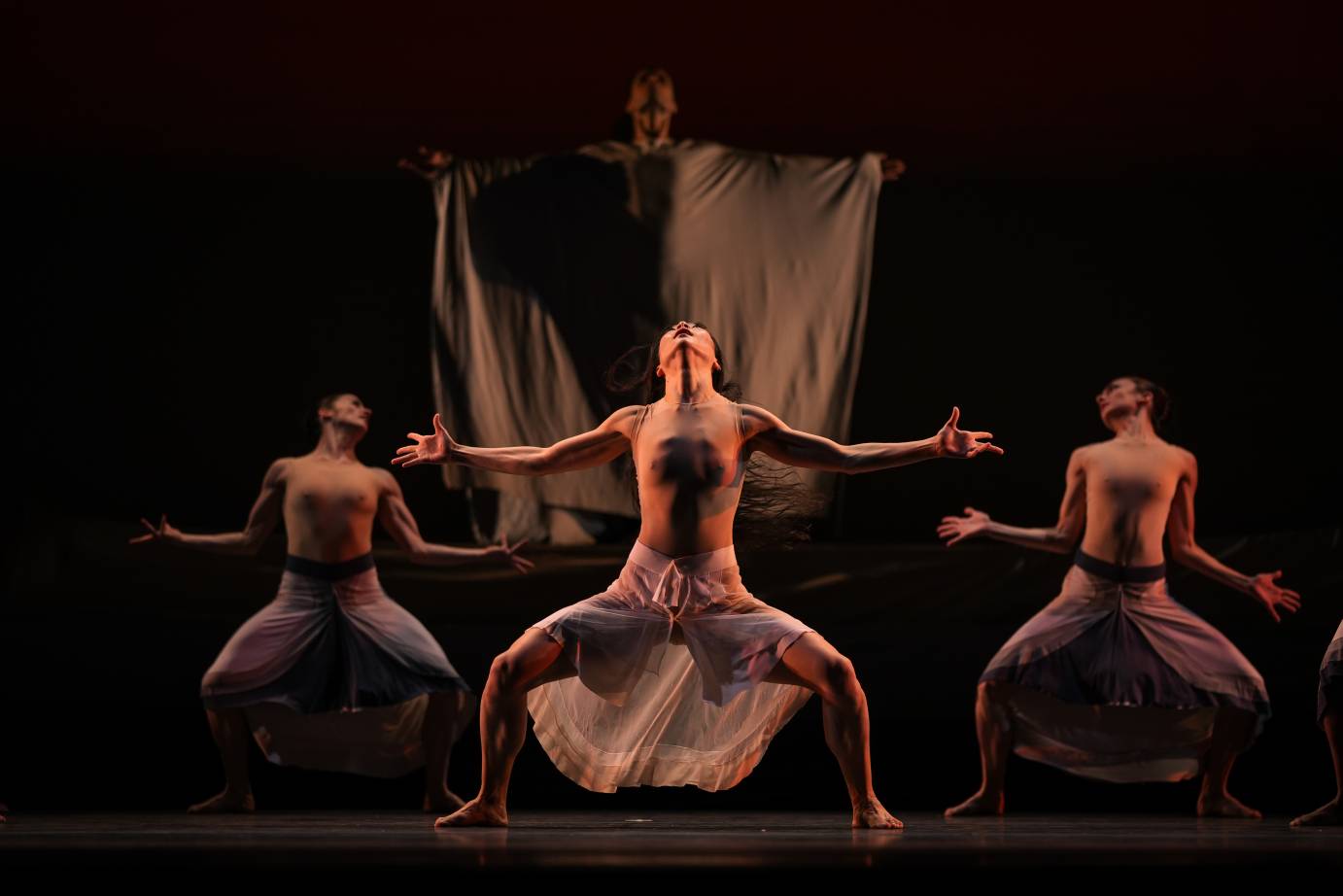
Streamlining her Rite to make it universal rather than ethnic, Graham sets the action in a sunken pit, digging into the earth and symbolizing the clan’s descent into unreason. The stark color scheme (digitally goosed for this revival) juxtaposes white and black like the curtain in El Penitente. The presiding Shaman wears a two-faced robe, white in front and black behind; and as the curtain rises, he appears with his dark side toward us, looming over the pit like a New Moon. This robe and a pair of long pants conceal his body, while the other members of the tribe are vulnerably exposed. The men stagger into the arena on stiff legs, shoulders hunched forward so their arms hang useless, heads tilted back in a trance. Loosely organized at first, they topple, kneel, and clasp their hands. As the ritual begins in earnest, they lose their individuality collectively stamping the floor before the women enter forward-bent in a jagged line. Segregated at first, the two groups whip into formations where Xs alternate with circles and lines in a choreographic tic-tac-toe. Though Graham was an adroit choreographer of asymmetry, the cult of terror demands surrender to a mechanical order.
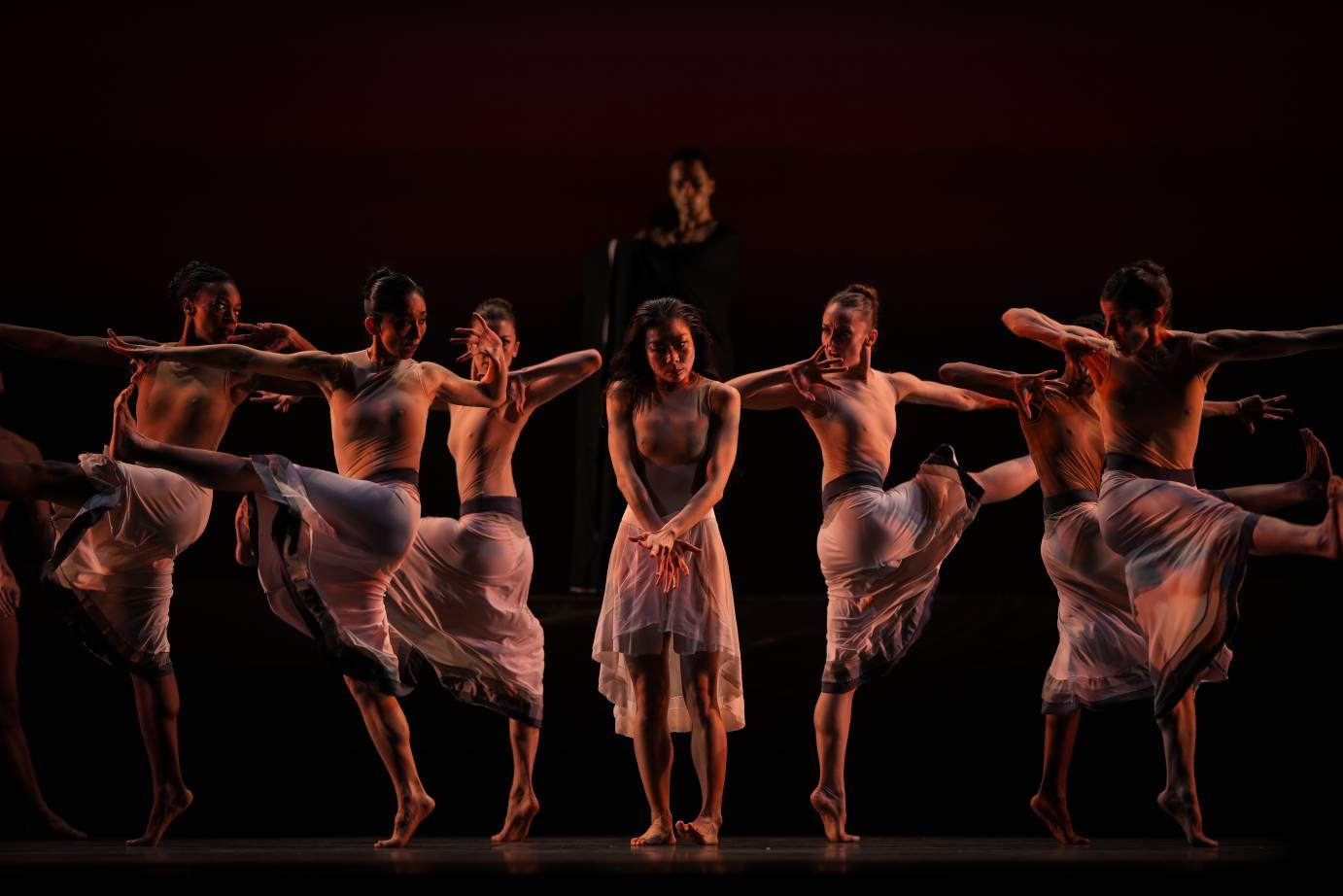
Taking to the air the men leap around the Shaman, who kneels and mimes an ululating cry, his hand shaking beside his open mouth. The Shaman dives and performs cartwheels, moving expansively, not clenched. He seems free of the anguish that afflicts his followers, especially the women, who cover themselves protectively and shrink to the floor in a flattened silhouette, twisting their arms toward the ground like roots. All, except the Shaman, appear terrified, their bodies contorted in psychic distress. What lies has he been telling them?
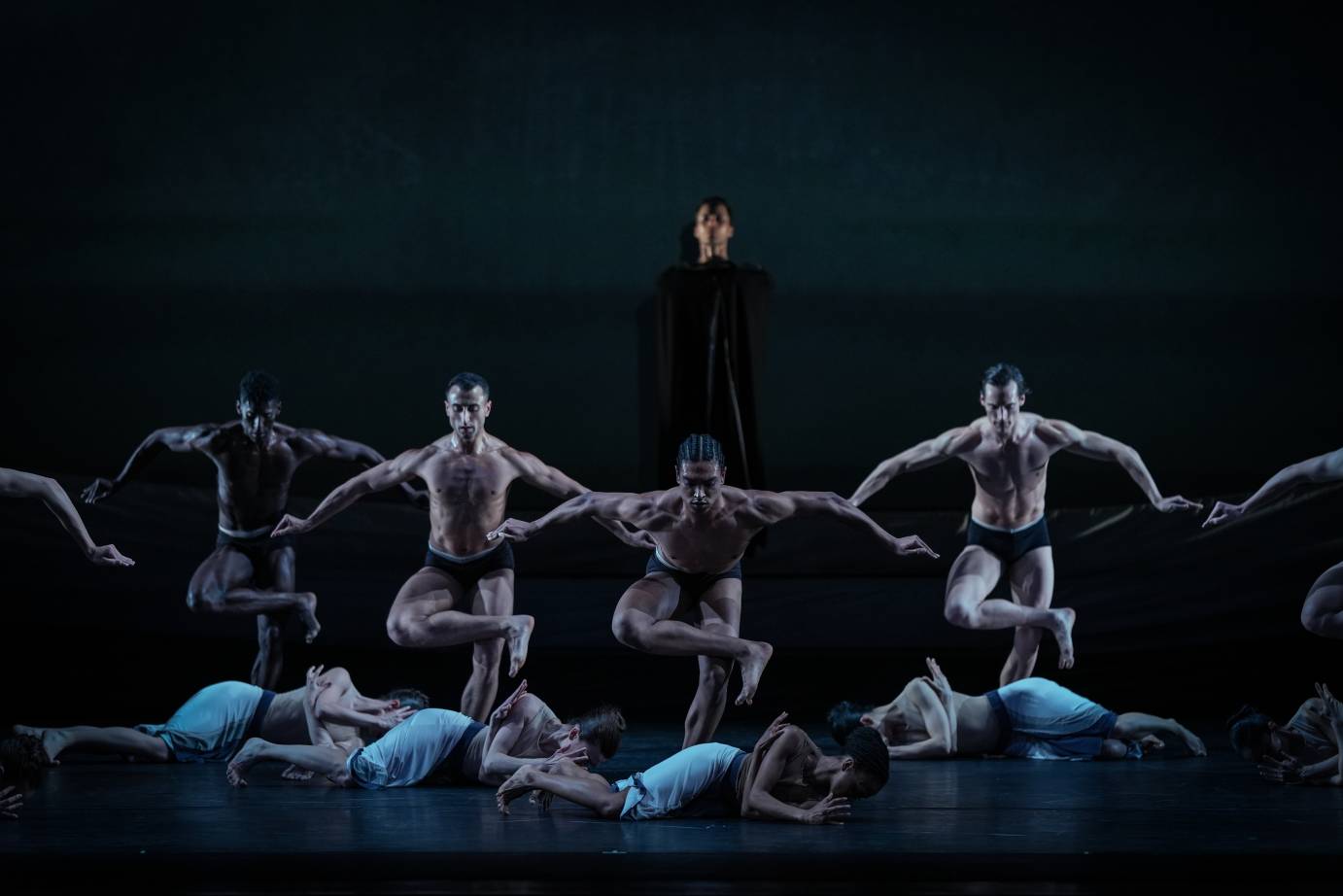
Martha Graham Dance Company in Graham’s The Rite of Spring. Photo:Isabella Pagano.
Three couples emerge preceding the selection of a sacrificial victim, the women clinging to their partners with pathetic trust. Graham finds ingenious ways to cantilever and bundle the women on their mounts, and the men begin to carry them off when the Shaman intervenes and snatches the last one from her partner’s back. (According to Frazer, the European peasants of his day would punish with hazing the last harvester to tie his sheaf of wheat — a custom with grisly antecedents.) At first, the Chosen One seeks to escape, but the members of her community form a pen around her. Then, she acquires a horror-struck passivity. When the Shaman teasingly produces a rope, the Chosen One steps into the coil of her own volition, lowering her arms so he can bind her. She shudders violently on being tied, but shares the group’s belief that a sacrifice is necessary. According to Ernestine Stodelle, Graham saw the Chosen One as a stand-in for the artist, who crafts his own doom. After her bonds are removed, the other women adorn her in a brief, white skirt and loosen her hair. In a weirdly sexual episode, the Shaman falls upon his victim’s body and seems to bite her. Risen again, she looks around with a wandering and otherworldly gaze as if bewitched with false promises. Her duet with the Shaman continues with spectacular lifts; she standing cross-legged on his shoulders and leaning back in a rigid profile with her long hair streaming down.
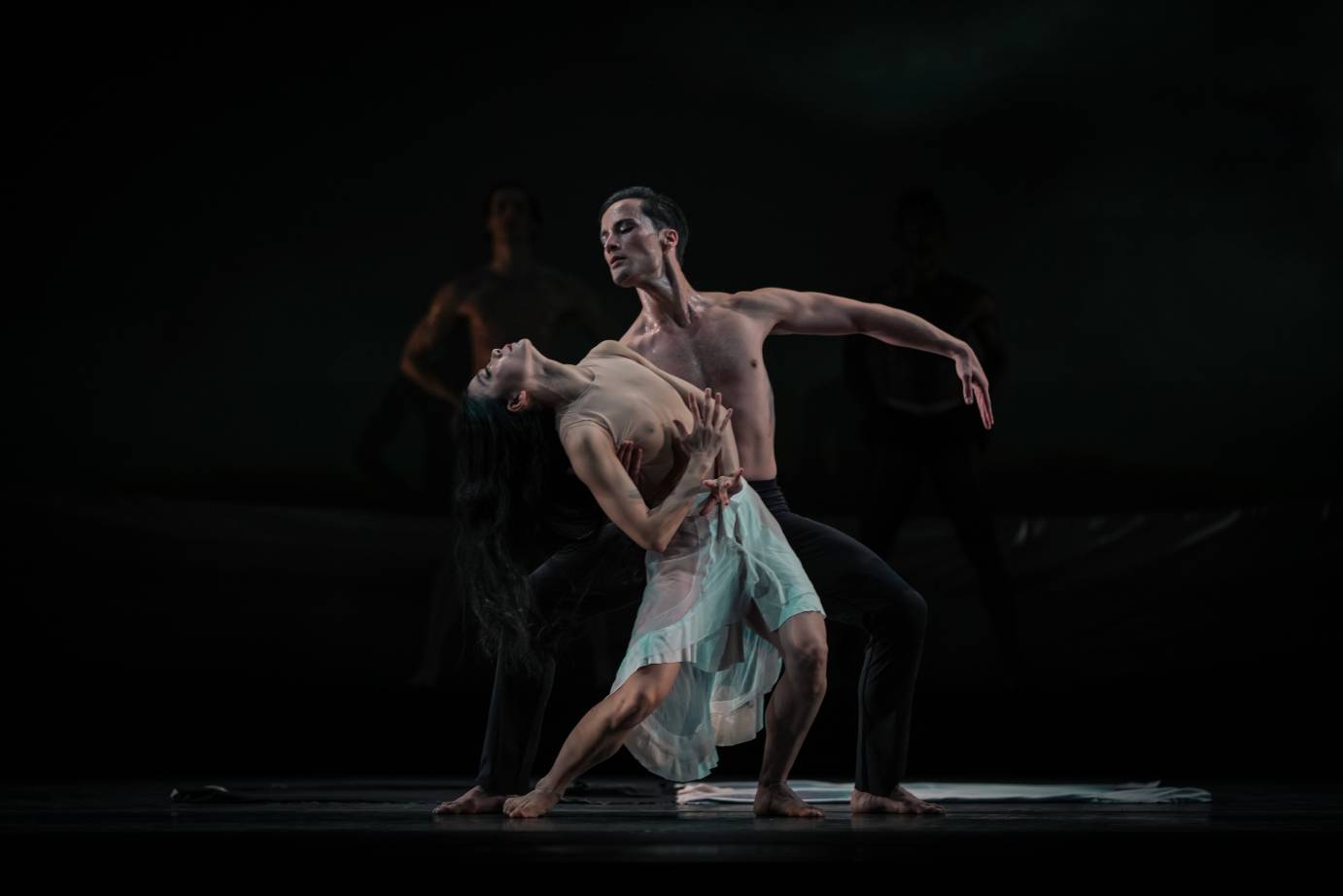
The remainder of the dance is a struggle against death. The Chosen One alternates between desperate, last-minute efforts and staggering exhaustion, her eyes glittering and limbs flailing as life departs reluctantly. Graham is in no hurry to kill her; and the victim suffers a protracted agony, intervals of rest prolonging the torture. The two men who have been the Chosen One’s attendants, elevating her and dragging her upstage, finally produce a green-and-black sash draping it around her before they offer her broken body to the sky.
The Graham company presented two casts this season in the principal roles of the Chosen One and the Shaman. Xin Ying has a whiplash attack, and a wiry toughness that intensifies the Chosen One’s ordeal. Her expression alternates between deep-seated misery and grief. In the same role, Marzia Memoli appears more fragile; she’s an ingenue perhaps abducted from a neighboring tribe. As the Shaman, Alessio Crognale-Roberts resembles a demented rapist obsessed with stalking his prey. Lloyd Knight is more seductive and slyly suggests the Shaman’s intelligence---he knows the ritual murder is a crock, but plays his part coldly calculating the rewards. All these dancers are spectacular; and the Mannes Orchestra under David Hayes performs Stravinsky’s feral score with commitment.
Although watching Martha Graham’s Rite of Spring feels harrowing, it does not have the same cathartic effect as her great tragedies Night Journey and Clytemnestra, or as more intimate works like Errand into the Maze and Hérodiade,because unlike the heroines of those works, the Chosen One and the members of her clan learn nothing about themselves. Without psychological insight, and incapable of acknowledging their mistakes, they suffer futilely unable to break the cycle of terror and sacrifice.
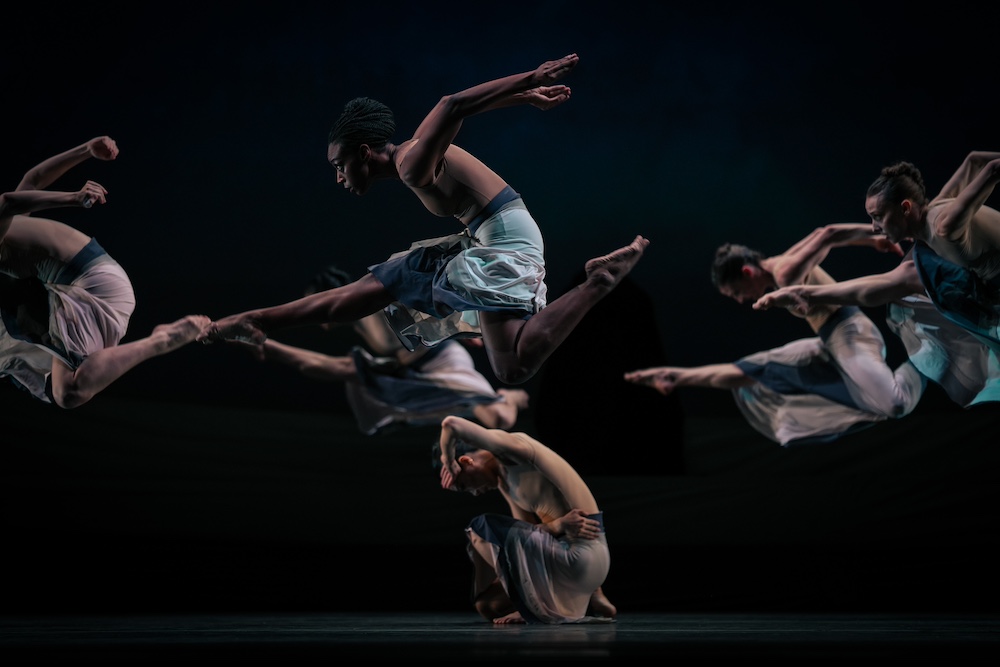
Martha Graham Dance Company in Graham’s The Rite of Spring. Photo: Isabella Pagano
This ending does not dispense with psychology, however; it merely shifts responsibility to the audience demanding that we question ourselves. For, despite our technology, we remain as susceptible as troglodytes to violence and psychological manipulation. During the recent Covid pandemic, fraud and hysteria ran rampant, while loudspeakers demanded sacrifices in the common interest. Some people found it reasonable to tolerate drug-induced deaths because, supposedly, that sacrifice meant a larger number would survive the virus. Though based on statistics (how civilized!), this is the savage arithmetic of the clan in Rite of Spring. Does it matter if the Shaman wears a lab coat, and the Chosen One dies in a hospital bed?
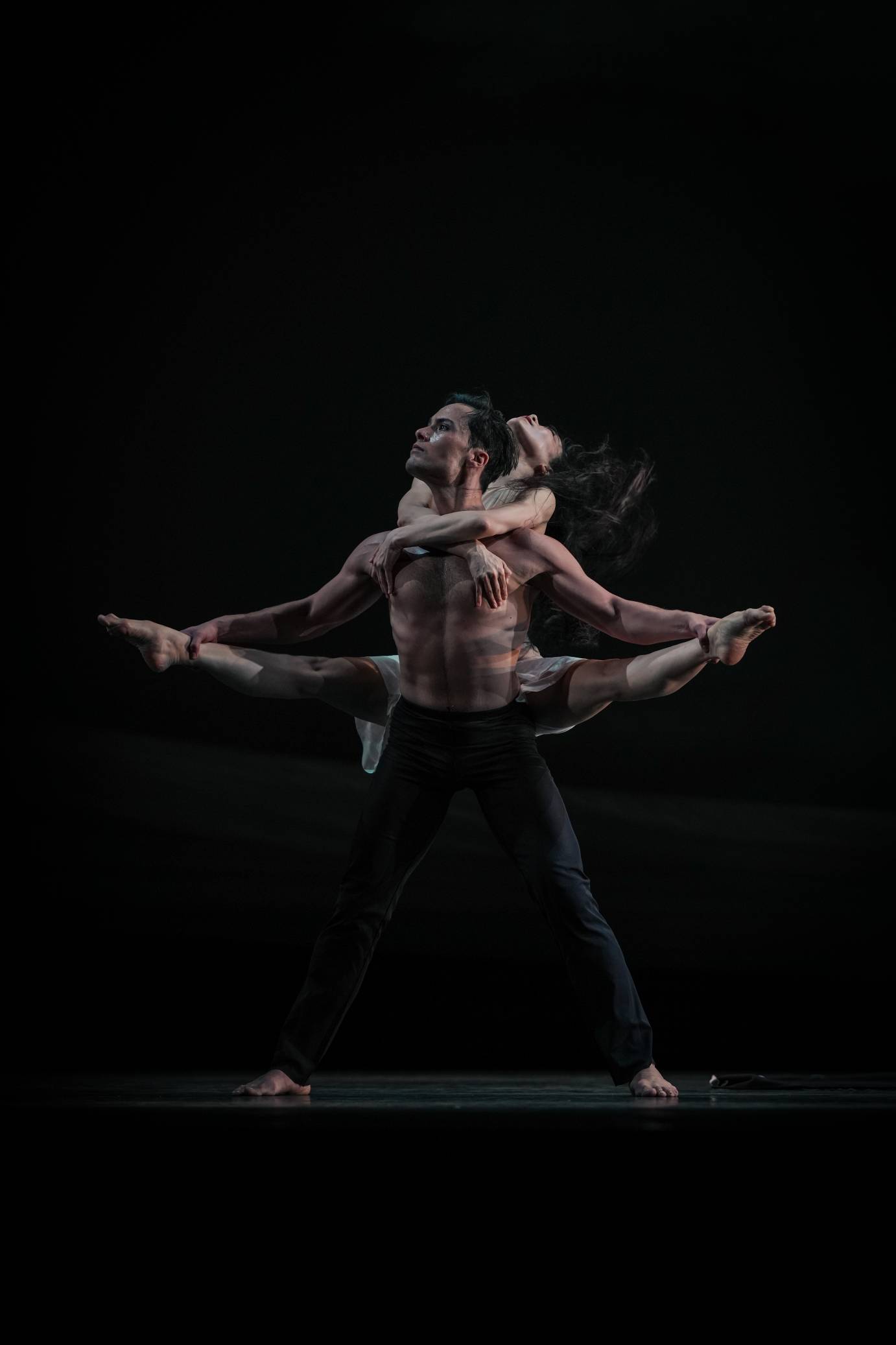
Martha Graham’s The Rite of Spring is not about exotic people separated from us by time and distance. It’s about the here and now. Unlike Errand into the Maze, where we remain passive spectators, The Rite of Spring places the burden of personal growth on us. We must complete the drama by wrestling with and pinning down our own Creatures of Fear. Freedom from irrational terror demands we overcome our reluctance to recognize ourselves in the mirror that Martha Graham holds before us. Though the image be disturbing, we had best confront it before Spring comes again.




